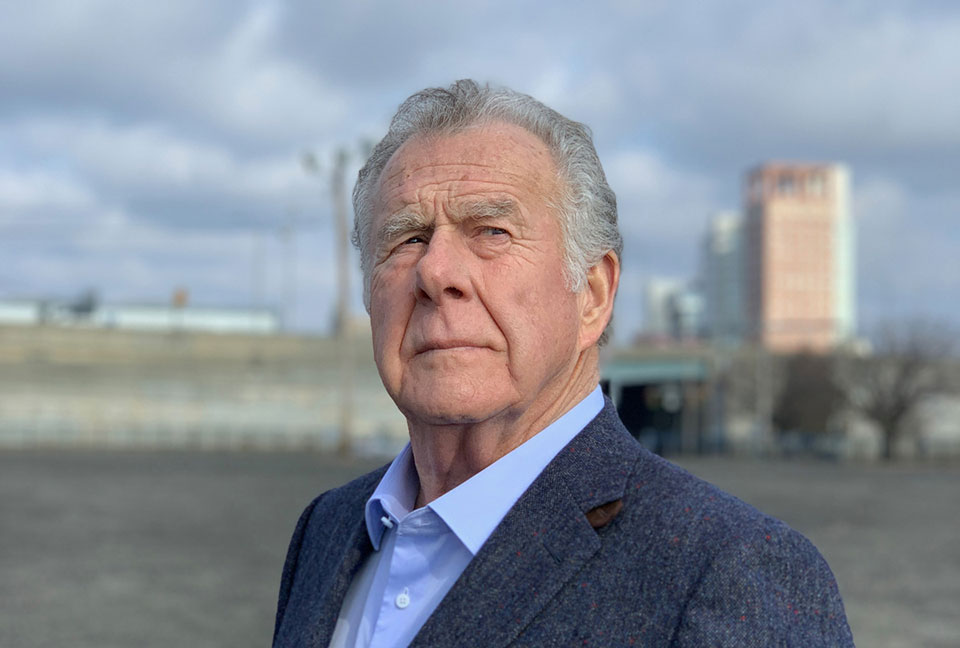VIEWPOINTS AND PERSPECTIVES

Each of us has our own perspectives. We see the world through our own eyes. The uniqueness of our perspectives is what makes humanity such an intriguing and dynamic organism, one that is ever-changing and filled with limitless potential.
In previous installments to this series, readers learned how important having an open mind is to critical thinking. One aspect of open-mindedness is that it makes us more receptive to another person’s viewpoints.
The prerequisite to understanding other perspectives is being objective. Objectivity is defined as attention to objects and concepts external to the mind. It means a lack of bias of judgement. It is the opposite of subjectivity, that is, personal bias or opinion. In a classic example, a judge must maintain objectivity. We must have a keen sense of being objective in critical thinking. Are we being objective when we talk about vaccines, for instance? Or are we being objective when we watch the news?
Objectivity is a rule and a strategy for problem-solving. It helps us to engage more thoughtfully and deliberately in the critical thinking process.
Evaluating information objectively helps us to be thorough. Years ago, I developed a process called Team Consulting, which is based on critical thinking premises and research which shows that the best ideas might emerge in ten minutes or less in a structured environment. It is based on evaluating information objectively.
Self-awareness – being aware of our own feelings, opinions, and assumptions – is another characteristic of the critical thinker. It is the starting point for critical thinking. The more self-aware we are, the more empathetic we can be toward others and their perspectives.
Empathy relates to the universal golden rule. As the 18th century German philosopher Immanuel Kant said in his Categorical Imperative: Act as you would want all other people to act towards all other people. Act according to the maxim that you would wish all other rational people to follow, as if it were a universal law.
The less openminded we are, the more bias we have. The challenge in critical thinking is to avoid limitations on our point of view and not be constrained by cognitive or mental blinders.
One strategy to help us relate to others’ perspectives is to stop considering other viewpoints from our own experiences. Everyone’s are different. For instance, staff or coworkers may offer ideas we’re already familiar with or have had experience with. It is tempting to immediately shoot down an idea that proved problematic in the past.
In these instances, it is important to control our bias that stem from previous experience and be open to other’s ideas, recognizing that new circumstances and a new environment could lead to a new outcome. Often, we find it difficult to consider another person’s viewpoint because we are overly concerned with our own views and opinions. Think of a veteran employee working with a new hire. The perspectives and experiences are different, but both need to work together to find a common ground. The more experienced party needs to do everything he or she can to move ahead and provide the less experienced party with tools for success. In these instances, it is necessary to have an open mind and be willing to do the work – all while looking towards the bigger picture.
We all have cognitive biases. Like it or not, these “blind spots” in our brains are influenced by our beliefs, cultures, and opinions. They may be unconscious, they may make us less likely to accept new ideas or information, and they can interfere with our ability to make rational decisions by preventing us from researching a topic and thinking critically about it.
If we give in to such bias, our thinking could be shallow… and, we are more likely to believe fake news and pseudoscience.
In this age of digital information blasted at us, it is especially critical to beware of “filter bubbles” – the strategy that search engines and social media use to pump us with information it thinks we like or agree with. It may be helpful for our shopping needs, but there are serious risks in filtering out information that doesn’t interest us, or what we don’t agree with, because it restricts our worldview and our potential to learn.
CRITICAL THINKING SERIES: In this brand-new series of columns, CEO and bestselling author Dr. Jim White presents a look at how critical thinking can lead directly to achieving greater success in the business world and beyond. Part Four discusses perspective.
Bring the best of the CEOWORLD magazine's global journalism to audiences in the United States and around the world. - Add CEOWORLD magazine to your Google News feed.
Follow CEOWORLD magazine headlines on: Google News, LinkedIn, Twitter, and Facebook.
Copyright 2025 The CEOWORLD magazine. All rights reserved. This material (and any extract from it) must not be copied, redistributed or placed on any website, without CEOWORLD magazine' prior written consent. For media queries, please contact: info@ceoworld.biz








